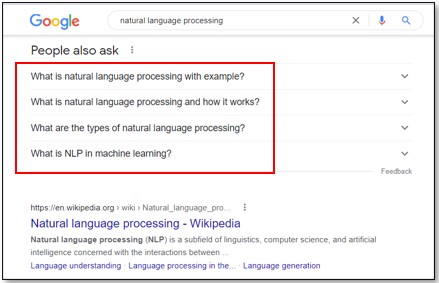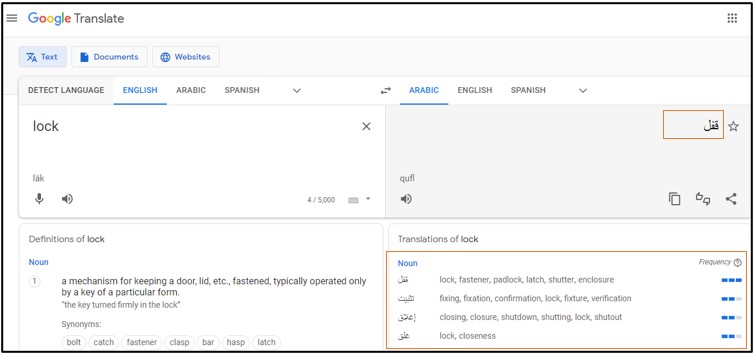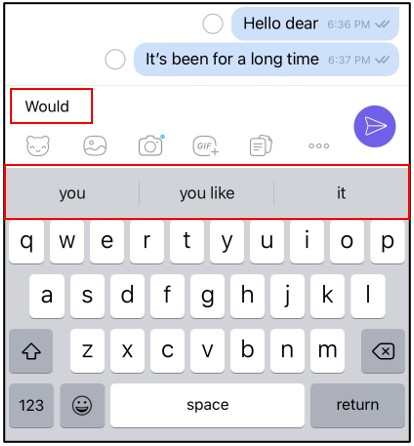
Natural Language Processing
Natural Language Processing
Abstract:
Some people in the field of academia think that Natural Language Processing (NLP) is an old field, and it has no more use with the emergence of machine learning tools. This is not true at all. Machine learning is a tool for the NLP. University of York defines Natural Language Processing ( NLP ) as a branch of artificial intelligence within computer science. It focuses on helping computers to understand the way humans communicate through multiple languages, both written and spoken . NLP involves a lot of studies on the unstructured data that people usually write and speak . This difficulty comes from the fact that NLP deals directly with human. For example, the NLP helped us communicate with our cellphones easily through talking with applications such as Apple Siri and Amazon Alexa. That would not been possible without the presence of NLP tools. NLP helped in processing human languages, English, Arabic and other popular languages, both written and spoken. Now you will say: would you provide more examples that I can understand so that I am convinced of the existence of such an important specialization in computer science.
Keywords: Text Processing, Question Answering, Text Classification, Natural Language Processing, Text Autocomplete, Sentiment Analysis, Word Embedding.
Well, NLP has applications that we use every day and the simplest example NLP tool that we use every is Google search engine. If google does not understand the language you are writing in, it wouldn't be able to find the sites you're looking for. You are typing the word Anbar University,
.jpg)
Image 1 Search the Google search engine for the word slabja
and Google provides you with the university's website within 0.71 milliseconds . It would not have been possible for Google to list these sites in the order of importance without the use of NLP technologies. Google uses NLP to process, index, and categorize web pages in a way that is easily accessible to the user. In Iraq, we have a lot of slang words that were difficult for a search engine like Google to understand, but now, with the help of NLP and the development of tools used in text processing, Google has been able to understand words like slabja and dernafis (see image 1 and image 2, which shows the results of Google search for slabja and dernafis. Google also provided the user with the meanings of these words, such as slabja : the vessel in which the hand is washed. Dernafis is the screwdriver and so for the rest of other the words.
 Image 2 Searching the Google search engine for the word dernafis
Image 2 Searching the Google search engine for the word dernafis
Another question: Are there other applications in our daily lives that depend entirely on NLP?
The answer is yes. We here list the most popular applications of NLP :
1. Question Answering Applications
The title may seem strange, and the reader thinks that he has never seen such an application in his life, but this application exists, and we use it a lot, and there are many companies now using this technology to make robots that respond automatically to most users’ questions. The Chatbots answers many questions that people ask such as “I have a problem activating my cellphone sim card” The Chatbot, adopting NLP tools, analyzes the question, and provides the user with the associated answer, for example, “You should visit the support team website or call the following phone number 79017238076.” In addition , there is another daily use in the Google search engine that uses the Question Answering technique.

Image 3 Questions and answers by Google when searching for the word Natural language processing
When you ask Google anything, Google provides you with the sites along with its associated questions that people have previously asked see image 3.
2. Machine Translation
We are now aware of the progress that translation applications have reached. We are relying on these applications to translate different languages. Applications like Google Translator, Bing Translator, DeepL Translator and other translators are good example of recent online translators. You think that dictionaries have existed for several thousands of years and that these applications are nothing but electronic dictionaries. No, most of these dictionaries are more than a copy and paste of translations books.
These translations apps have used NLP techniques to process a lot of electronic texts in order to reach to the best representation of word you are looking for. It went beyond that to translate entire sentences and pages into other languages, taking into account the meanings of words, the rules and times associated with the words. We can now translate not only words on Google Translate but whole sentences and texts. We see in image No. 4 how Google translate found the word Lock and then provided more information about it. It provided the most related meaning of this word and the most similar words to this word with examples of sentences. Image 5 shows the ability of Google Translate to translate a full text.

Image 4 Google Translate translates the word Lock from English to Arabic

Image 5 Google Translate translates whole text
3. Text Autocomplete
Now, not only search engines are working to complete what we are writing, but sms apps and many others. Text autocomplete would not have existed without the use of NLP techniques. Image 6 shows how the Google search engine suggests an autocomplete for a query such as “is natural language.” Google listed more than 4 suggestions to complete the sentence, such as is natural language processing machine learning or is natural language processing ai (See image 6). Image 7 shows how a modern mobile phone (iPhone) suggests completing the word would with different suggestions such as would you or would you like or would it.

Image 6 Google search engine suggests completing the query for the sentence is natural language.

Image 7 iPhone text predicting tool suggest many words to complete would
4. Text Classification
Recently, researchers showed interest in data and its classification. An example of this is the classification of computer science research papers into artificial intelligence, image processing, and machine learning classes. NLP technologies can classify papers by processing and analyzing the text of these papers and determining the category to which class they belong, whether this paper belongs to artificial intelligence, image processing, or machine learning. Another popular example of text classification is classifying and filtering emails into basic emails or spams. Without NLP technologies, we would not be able to classify emails.
5. Sentiment Analysis
We all now use social media. We write on Facebook, Instagram, Twitter, etc. to express our feelings. What we write on social media is very important to many companies. Election advertising companies in US relied a lot on Sentiment Analysis to predict people's attitudes towards election candidates. The analysis of people's feelings had a great influence in guiding people to elect certain candidates.
There are many other examples besides these NLP applications, for example:
A. Word Embeddings
B. Text summarization
C. Named Entity Recognition
D. Voice -controlled assistants
NLP tools have been developed to include machine learning tools such as Word2Vec, GloVe, Fasttext, and many others. Nowadays these tools are outdated, and there are so-called tools that use transformers like BERT algorithm, RankBrain, GPT-2 , GPT-3 and others.
Through this short and simplified article, I hope that I have given a clear and understandable idea about the Natural Language Processing, known in short as NLP , and its definition, its most famous applications and uses in our daily lives, and its importance in the present time and the near future.
Mohammed Salah Ibrahim, Ph.D.
Department of Computer Science and Computer Technology
University of Anbar, Iraq, Anbar, Ramadi E-mail: moh.salah@uoanbar.edu.iq
Phone: 964-750-2138425
Sources
[1] “The role of natural language processing in AI,” University of York , Oct. 12, 2021. https://online.york.ac.uk/the-role-of-natural-language-processing-in-ai/ (accessed Apr. 19, 2022).
[2] “Papers with Code - Natural Language Processing.” https://paperswithcode.com/area/natural-language-processing (accessed Apr. 19, 2022).




